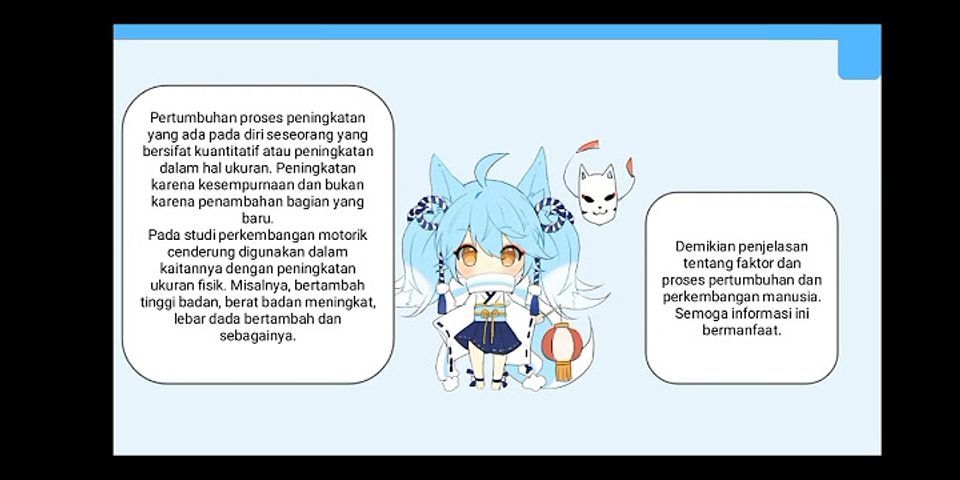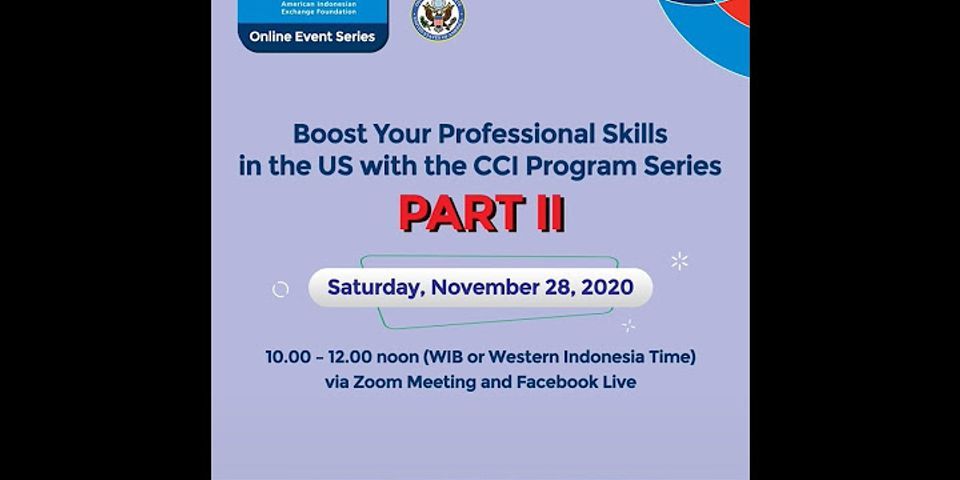Anyone There? The Challenges of E-mail Communication with Japanese CompaniesAnyone who has tried to reach out to potential Japanese clients, buyers or suppliers has been confronted to this scenario: more often than not, there was no answer at all. So, are they just ignoring you or is there something more going on? Show It is a fact that in general, use of e-mail by Japanese companies (whether large or small) is lagging behind compared to other industrialized countries. For such a technology-savvy country, Japanese companies (and public administration) often prefer paper and pen, or at least printed materials. Communication from the outside (ads, order forms, invitations to events, newsletters, letters) is handed around staff members; as a result, fax communication has still the favors of a vast majority of businesses, whether they are small or large and this needs to be taken into account. Companies use e-mail mostly for internal communication. In addition, when an e-mail address is made available on a website (or if you have the direct e-mail address of someone through his or her business card), Japanese Internet Providers tend to treat as spam e-mails sent from foreign IP address and/or those not written in Japanese. If you have included links or attachments, this is definitively suspicious to their robots. So your correspondent might not see your message, which will not even make it to their spam box but will be filtered ahead. Second, if you use a general contact e-mail address or an online form for that matter, and that by chance your message gets through, there is a high possibility that there will not be anyone able to manage business communication in English on the other side, or at least someone who feel confident enough in their language skills to reply. So, what should you do? 1) Communicate in Japanese. You should not give up sending e-mails altogether because, well, it may happen that someone will get back to you. However, as much as possible, have it translated into Japanese first and insert it in addition to the English version. For this, it is imperative that you ask a professional translator who is familiar with Japanese business practices. Otherwise, your Japanese might sound odd and will make a worst impression that simply writing in English. 2) Time to dig out your fax machine. If you do not hear from them within one business week, you need to have a Plan B ready. This means, sending them a fax! Look in your closet, I am sure that you can find an old fax machine hidden somewhere. A fax has this huge advantage that you can sign it, you can use your companys logo. It does provide an additional layer of trust and it is also why Japanese companies prefer it to e-mail. Because lets be honest, in this day and age, who knows who is behind an e-mail? Again, if possible, this fax letter should be in both languages. 3) Pick up your phone. No response after that can mean that they are not interested... which is also a possibility, by the way. If getting in touch with them is truly important for your business development, you can make a follow-up call. However, doing it in Japanese is imperative since the odds that the person who will pick up the phone can speak English are very low. If they are interested in what you are offering, someone will eventually get back to you in English. 4) There is this thing called regular mail I should add that sending a regular mail with a cover letter in Japanese, signed by the CEO or Export manager and including your corporate brochure can also be a smart move. It will show that you are indeed serious about getting in touch with them and that you are ready to do this extra step for them.
|

Pos Terkait
Periklanan
BERITA TERKINI
Toplist Popular
#2
#4
#6
#8
Periklanan
Terpopuler
Periklanan
Tentang Kami
Dukungan

Copyright © 2024 idkuu.com Inc.


















